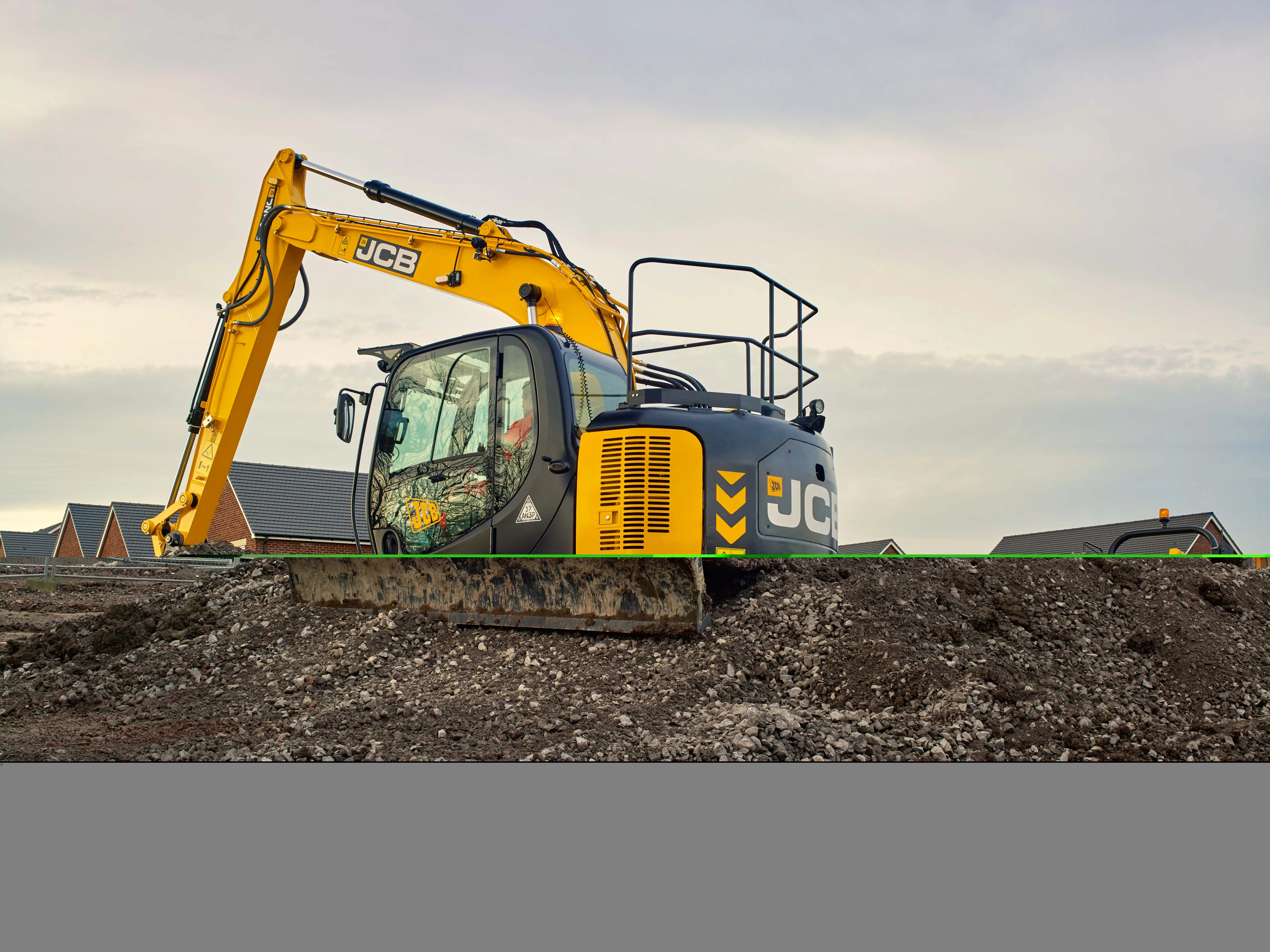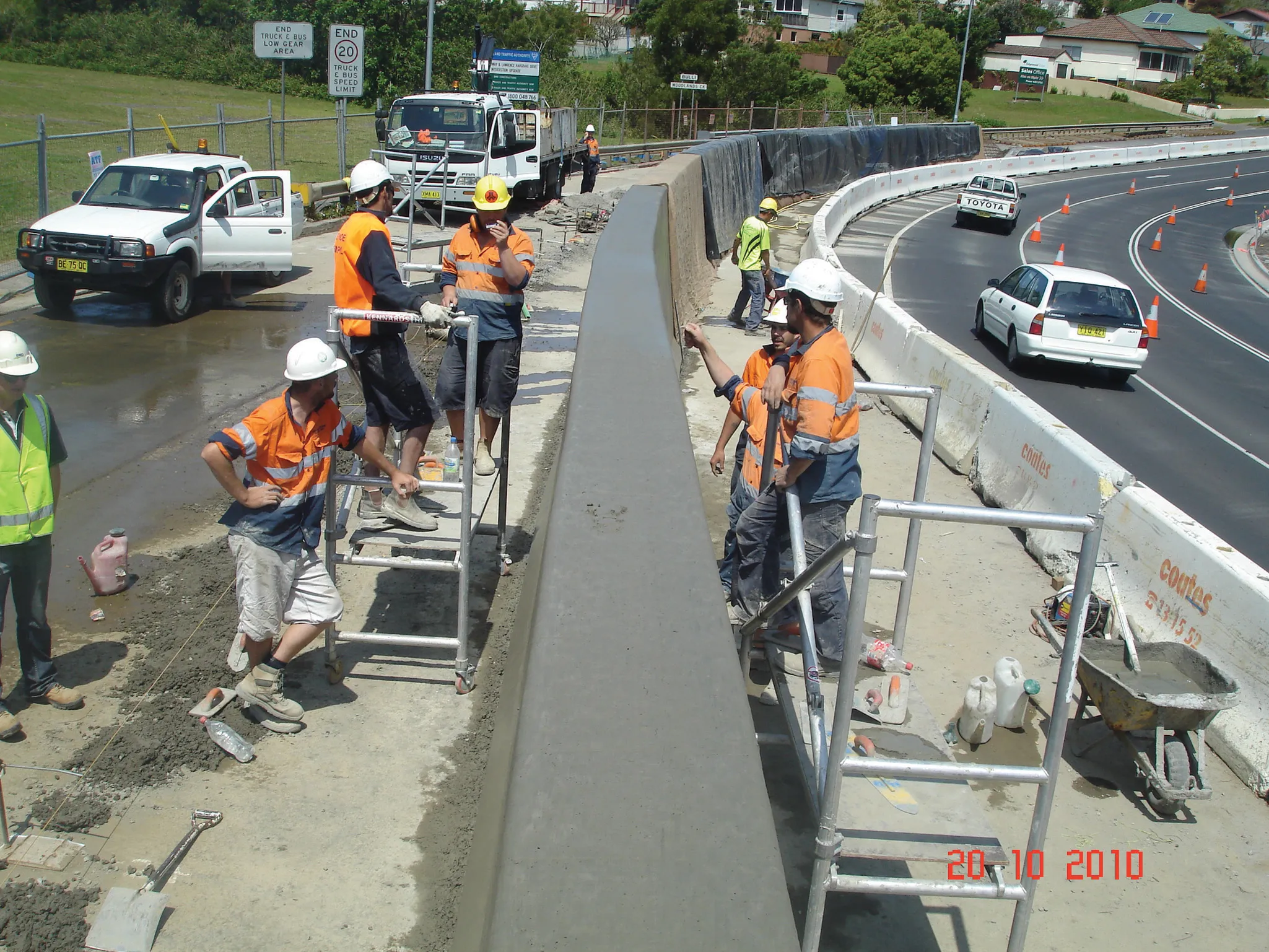Switzerland-based Youngman Group’s Ecolite LED mobile lighting tower extends the company’s existing mobile and stationary ceramic discharge lamp models. The Ecolite LED aims to satisfy growing interest in LED lighting across the building industry by offering lower power consumption, low heat output and long life. The Youngman unit is equipped with an array of 400 individual LEDs mounted across four adjustable holders providing a total light output of 91,800lumens.
June 25, 2012
Read time: 2 mins

Switzerland-based 6023 Youngman Group’s Ecolite LED mobile lighting tower extends the company’s existing mobile and stationary ceramic discharge lamp models.
The Ecolite LED aims to satisfy growing interest in LED lighting across the building industry by offering lower power consumption, low heat output and long life.
The Youngman unit is equipped with an array of 400 individual LEDs mounted across four adjustable holders providing a total light output of 91,800lumens.
Developed in partnership with US-based firm6024 Green House Strategies (GHS), the Ecolite LED offers a fuel consumption of 0.65litres per hour. It can be used for 145 continuous hours on a single tank of diesel.
Said to be a world leading supplier of premium quality LED lights, GHS’s lamps are built to US military specification making them extremely robust and ideal for use in a variety of site applications.
The LED panels used by Youngman in these new lights feature 100 individual prismatic lenses which are said to dramatically reduce the level of glare that can be a problem with some LED light sources. They also follow the same approach as the original ceramic discharge Ecolite models.
The Ecolite LED aims to satisfy growing interest in LED lighting across the building industry by offering lower power consumption, low heat output and long life.
The Youngman unit is equipped with an array of 400 individual LEDs mounted across four adjustable holders providing a total light output of 91,800lumens.
Developed in partnership with US-based firm
Said to be a world leading supplier of premium quality LED lights, GHS’s lamps are built to US military specification making them extremely robust and ideal for use in a variety of site applications.
The LED panels used by Youngman in these new lights feature 100 individual prismatic lenses which are said to dramatically reduce the level of glare that can be a problem with some LED light sources. They also follow the same approach as the original ceramic discharge Ecolite models.








